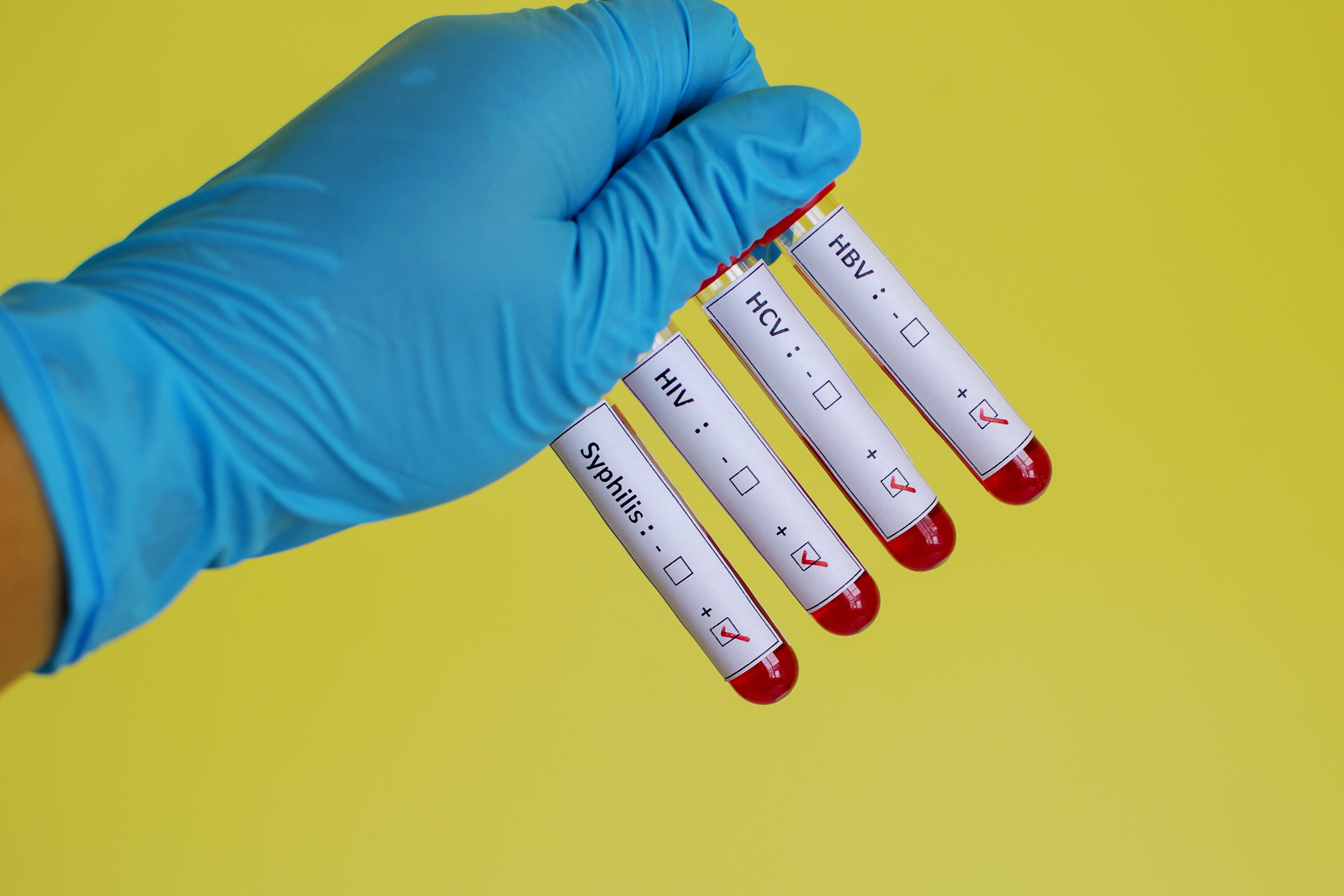
(Vienna, 27-10-2023) With 17 million reported cases of sexually transmitted infectious diseases, 2019 saw a historic high in the World Health Organization (WHO) European Region. Against this background, international experts, including Georg Stary and Katja Knapp from MedUni Vienna, compiled a comprehensive overview of the situation and the challenges facing public health. The series of articles was recently published in the renowned journal "The Lancet Regional Health – Europe".
Reducing sexually transmitted infections (STIs) to such an extent that the danger to the world's population is averted is one of the goals of the United Nations in the "Agenda 2030". In order to bring this project back into focus, at least in the European WHO region, after the Covid 19 pandemic, scientists addressed the topic in four recently published studies. Among other things, they analysed the epidemiology in Europe, current prevention strategies in various countries and access to modern treatment methods for those affected.
Current data illustrate the urgent need for action: for example, in the years between 2010 and 2019, the number of syphilis cases among 15- to 49-year-olds in Europe increased by 87 per cent. In the same period, almost twice as many new HIV diagnoses were reported as in the previous decades, so that around 1.5 million people are currently affected. Also alarming is the Europe-wide increase in chlamydia and gonorrhoea as well as the occurrence of infections that were not previously associated with primary sexual transmission (e.g. hepatitis B or shigellosis). Austria is also in this worrying trend and stands out in particular for its highs in gonorrhoea and chlamydia infections, according to Georg Stary and Katja Knapp from MedUni Vienna's Department of Dermatology, who contributed to the series of articles.
Increase in high-risk behaviour during sexual contact
The scientists believe that the causes of this development are an increase in high-risk behaviour during sexual contact, which includes in particular unprotected sexual intercourse with changing partners. This is supported, among other things, by the very efficient preventive strategy of HIV pre-exposure prophylaxis, with which infections with HIV can be avoided, but the increasing spread of other STIs can be caused by not using condoms.
As alarming as the figures are, their validity is limited due to country-specific conditions. Accordingly, the standardisation of surveillance and reporting systems for STIs in the individual European WHO member states is one of the demands of the experts. In this way, reliable data on the size and composition of target groups can be obtained, especially for prevention measures. Above all, this also includes maintaining awareness of the enormous importance of condoms as protection against STIs. "In Austria in particular, there is often a lack of meaningful data on the occurrence of the most common STIs," criticises Georg Stary. "Resistance profiles for bacterial STIs are also urgently needed in order to be able to administer antibiotics quickly and in a targeted manner if necessary."
Publications: Sexually Transmitted Infections 1-4, The Lancet Regional Health – Europe
Treatment of bacterial sexually transmitted infections in Europe: gonorrhoea, Mycoplasma genitalium, and syphilis
Oriol Mitjà, Clara Suñer, Lorenzo Giacani, Martí Vall-Mayans, George-Sorin Tiplica, Jonathan D. C. Ross and Catriona S. Bradshawh
https://doi.org/10.1016/j.lanepe.2023.100737
Prevention strategies for sexually transmitted infections, HIV,and viral hepatitis in Europe
Deniz Gökengin, Teymur Noori, Andrea Alemany, Carlo Bienkowski, Geoffroy Liegon, Ahmet Çagkan Inkaya, Jorge Carillo, Georg Stary, Katja Knapp, Oriol Mitja and Jean-Michel Molinal
https://doi.org/10.1016/j.lanepe.2023.100738
Epidemiology and determinants of reemerging bacterial sexually transmitted infections (STIs) and emerging STIs in Europe
Oriol Mitjà, Valeska Padovese, Cinta Folch, Isotta Rossoni, Michael Marks, Miquel Angel Rodríguez i Arias, Amalio Telenti, Angela Ciuffi, Karel Blondeel, Otilia Mårdh and Jordi Casabonae
https://doi.org/10.1016/j.lanepe.2023.100742
Managing bacterial sexually transmitted infections (STIs) and preventing HIV/STIs in Europe
Cécile Bébéar, Sabine Pereyre, Béatrice Berçot and Charles Cazanaveb
https://doi.org/10.1016/j.lanepe.2023.100760